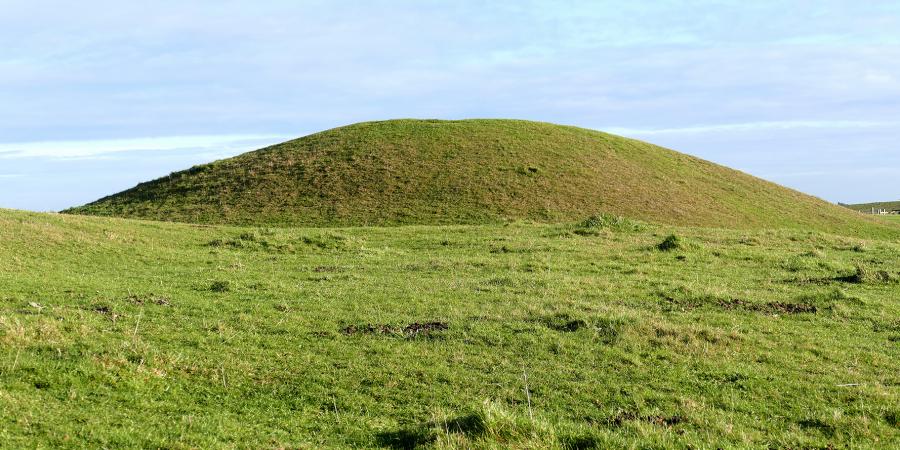Wessex culture in this context does not mean the wider sense of anything to do with the region’s history, heritage or arts scene. Rather, it refers to the early Bronze Age culture of what would later become Wessex.
The term was coined in 1937 by the Hampshire-born archaeologist Stuart Piggott, in an influential paper for the Prehistoric Society entitled The Early Bronze Age in Wessex. Piggott was best known for his part in the excavations at Sutton Hoo, and was portrayed by Ben Chaplin in the Netflix film The Dig.
Wessex culture was characterised by burials in richly-furnished barrows, decorated with gold, copper and amber. It is related to the Hilversum culture of the Low Countries. It is usually subdivided into two phases, from c2000-1650 BC, closely associated with the building of Stonehenge, and from c1650-1400 BC, though this subdivision has been questioned. In the early stages of prehistoric studies, it had been thought that the Wessex culture constituted a distinct material culture, but nowadays, it is believed more to refer to an elite social class.
Regardless of changes in archaeological thought, the prehistoric landscape of Wessex is one of the region’s most distinctive features, and was the inspiration for Tolkien’s Barrow-Downs.

